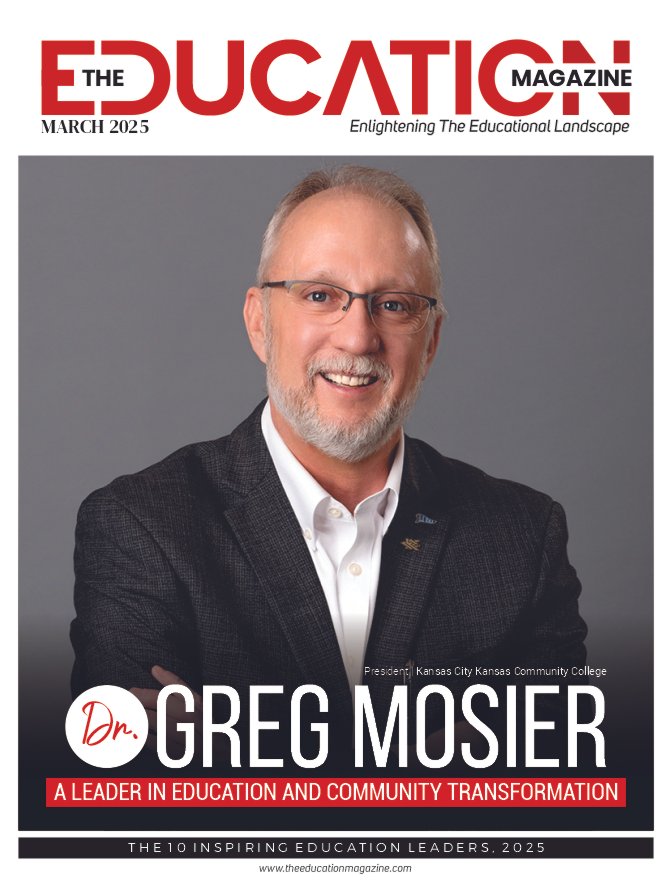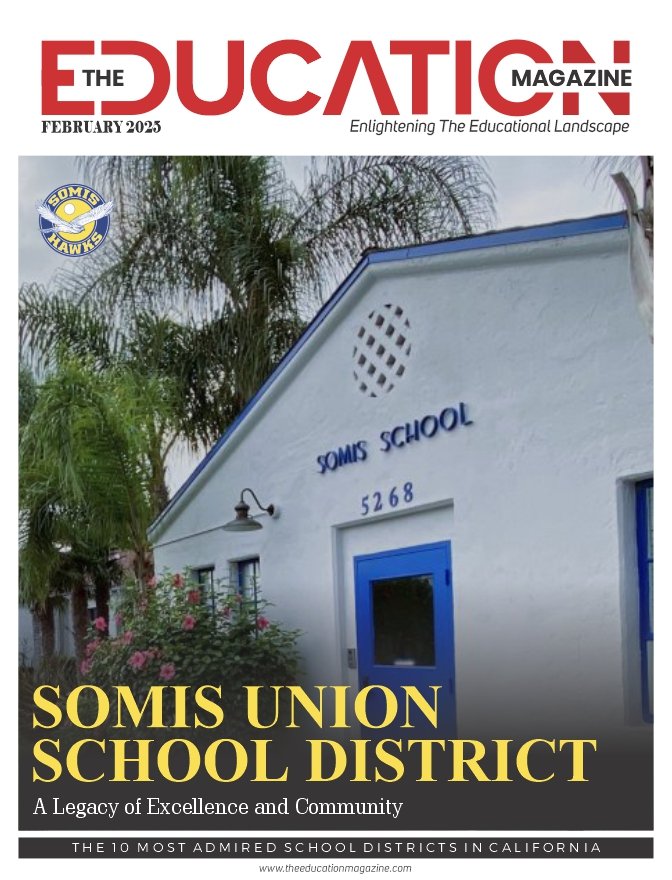Artificial intelligence has made its way into nearly every industry on a global scale, and education is no exception. While teachers and parents may worry that AI will replace traditional models of learning and put students at a disadvantage, advocates are optimistic that AI can have a productive place in educational design, delivery, and assessment.
Already, public school systems are putting AI to use for literacy improvement like in Brazil, mentorship assistance in West Africa, and personalized learning in South Korea. Entrepreneur and philanthropist Vijay Eswaran is encouraging education leaders worldwide to embrace the rise of AI, accepting its impact and finding new ways to use the tools it offers to reform education approaches and evaluations.
Critical Thinking and Problem-Solving — New Educational Outcomes
Resisting technological trends and their potential impact on education may only set students back once they graduate and look to enter the workforce. More than ever, critical thinking and problem-solving have become required skills across disciplines. In fact, it’s being reported that 40% of global employment could be impacted by AI. Vijay Eswaran notes that a human’s ability to remain flexible and adaptable is what makes them unique.
This requires educators to rethink their approach and remain open-minded to new avenues of teaching and learning that encompass AI and other emerging technologies to help students cultivate the right hard and soft skills. “That’s what we need to encourage at the not just university level, but even in the secondary schools,” explains Eswaran. “So they start thinking of, ‘How I can change, how I can do this in a different way and think in a different way?'”
This restructuring goes beyond the use of technology. For Vijay Eswaran, education should calibrate to how modern students are able to access information. This includes altering examination methods to provide merit to students who provide more than just a correct answer. Eswaran referenced schools in the United Kingdom as an example of education embracing change and AI.
“Nowadays, if you’re taking an exam in the U.K., you can bring your laptop in,” he says. “Basically, you can bring your books in, you can bring your laptop in, because they’re not questioning your memory power, they’re not questioning your ability to absorb information. They’re questioning your ability to process it, which requires a different tack.”
A Global Model for Educational Reform
Eswaran points to the German educational model as an exemplary approach to preparing students for the future workplace. German universities and vocational institutions function almost like trade schools, balancing academic subjects with practical experience through partnerships with industry leaders like BMW, Mercedes, and Siemens.
“The German universities and educational institutions perform like trade schools,” Eswaran explains. “They bring in people from industry and give a foretaste to students as to what they’re going to face when they go out there to work.”
This apprenticeship-style approach helps students apply theoretical knowledge in practical settings, developing both the white-collar and blue-collar skills needed in today’s integrated workplace. Eswaran advocates for this model to be adopted more broadly across educational systems worldwide.
In many countries, Eswaran notes that little has been done to innovate education over the past 50 years. Instead of remaining complacent with traditional examinations, he urges educators globally to find new ways to challenge students’ ability to “process, implement, and restructure their thinking.” Understanding how a student arrived at a conclusion, rather than the conclusion itself, can shed light on their ability to think critically and leverage the AI resources at hand.
“We need to now approach it as opposed to what knowledge they can garner and produce on paper,” Eswaran shares. “The questions have to be based not on knowledge, but on how they arrive at the thinking.”
Eswaran shares these insights to help further empower youth who will ultimately be leading the global economy. “Because the world is changing so fast, the student has to move faster to adapt, adjust and accommodate,” he explains. His goal is to see educational systems worldwide nurture students to become productive parts of the global workforce while also contributing to their local economies.
“The objective,” he says, “is to let them leave, let them go out there and brave the world and then come home, as I did.”
Also Read: The Future of Online Education: Trends in Learning Management Systems









